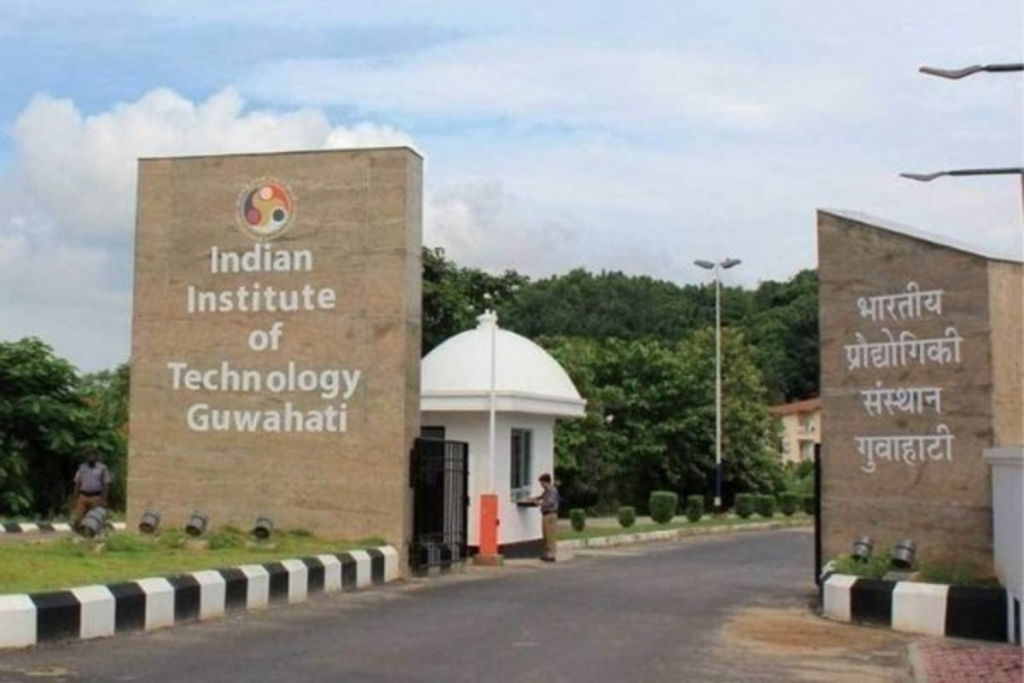The Indian Institute of Technology, Guwahati, has teamed up with the National Thermal Power Corporation (NTPC) to design and construct a highly energy-efficient CO2 collection system from power plants. A research team led by Prof. Bishnupada Mandal, Department of Chemical Engineering, IIT Guwahati, developed this indigenous technique, which could be copyrighted soon.
Key Points:
- The oil, natural gas, and biogas industries, as well as petroleum refineries, will benefit from the project’s outputs.
- It also has the potential to save India money in terms of foreign exchange.
- This project will also assist and strengthen the UN’s Sustainable Development Goals (SDGs) through its research and education.
- The pilot plant has been relocated to NTPC’s NETRA site following the successful completion of test investigations.
- This development has the potential to aid in the fight against global warming.
- The study’s next phase will entail pilot-plant testing using industrial flue gas.
- This method, which uses a newly activated amine solvent (IITGS) to work on flue gas, uses up to 11% less energy than the commercial activated MDEA solvent and up to 31% less energy than the benchmark MEA (Monoethanolamine) solvent.
- In the chemical sector, the MEA and other proprietary solvent-based CO2 collection systems are available.
- This technology is used in coal and gas-fired power stations to produce modest amounts of food-grade CO2 (compared to CO2 capture in power plants).
- However, if used for large-scale CO2 capture in power plants, the method is energy-intensive.
- IIT Guwahati has devised an amine-based technique for CO2 extraction from flue gas that is both energy-efficient and cost-effective.
- The expansion of the power sector is a necessity for India’s ambitious national aim of doubling its GDP by 2025.
- Growth in the power sector is a requirement for India to meet its lofty policy goal of ‘Electricity for All’ while also maintaining considerable GDP growth.
- India, on the other hand, is a strong supporter of worldwide efforts to reduce CO2 emissions through research and development.





 Which City is known as the City of Bambo...
Which City is known as the City of Bambo...
 Who was the First Prime Minister of Indi...
Who was the First Prime Minister of Indi...







